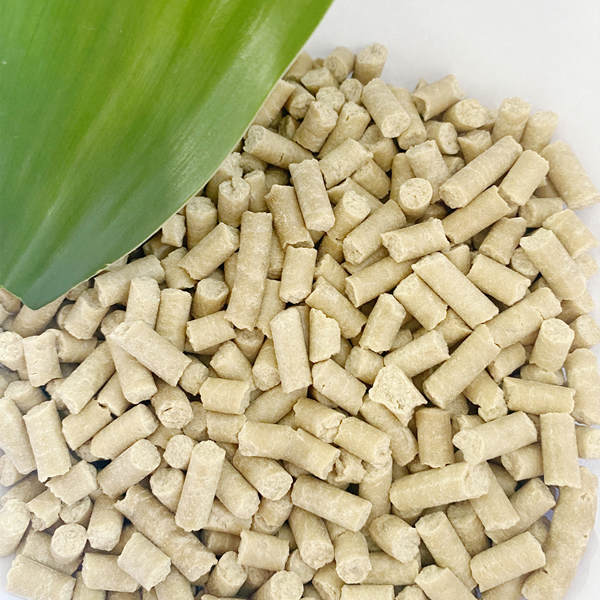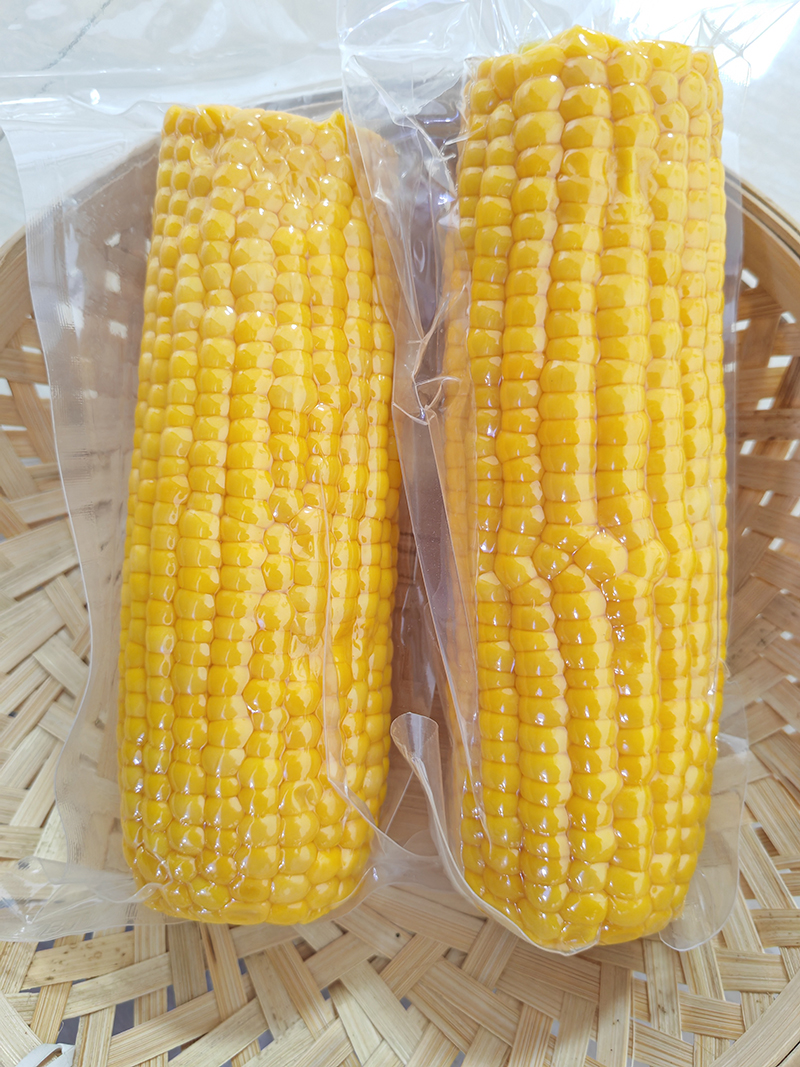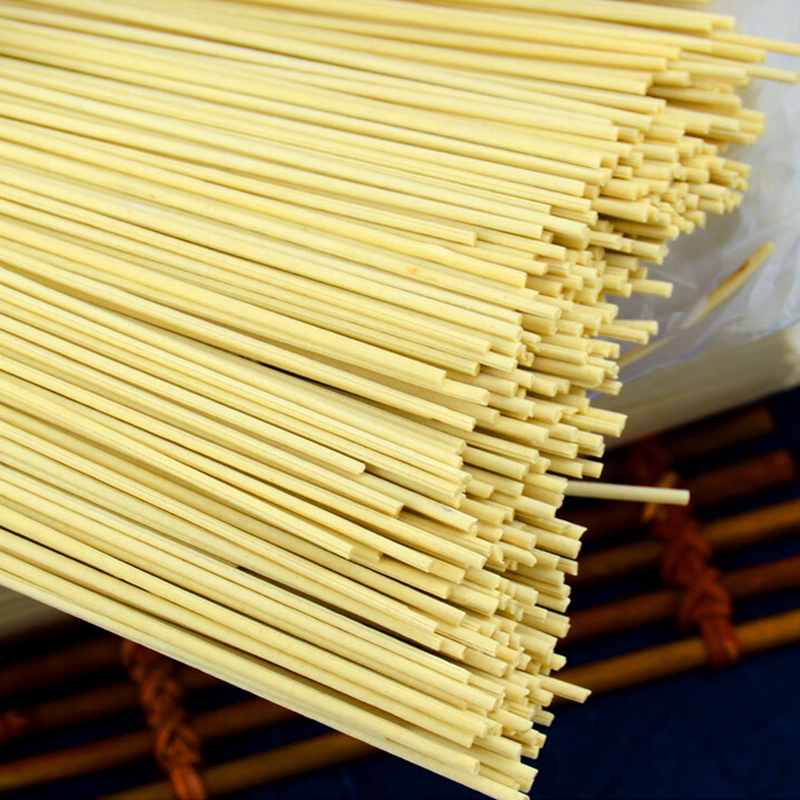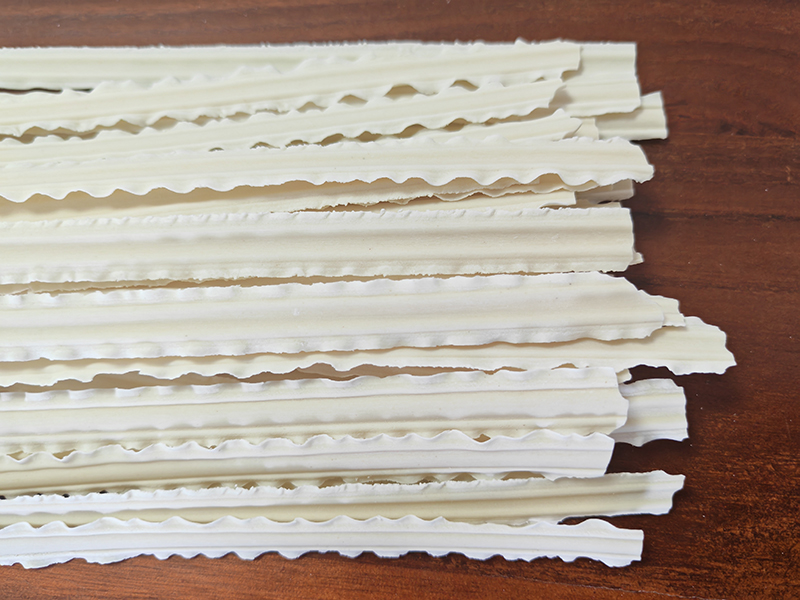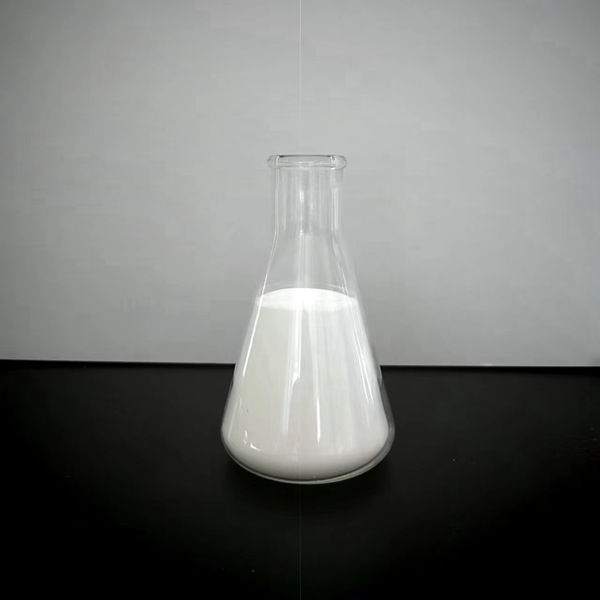High Quality Pellet Wheat Gluten
Pellet wheat gluten is a kind of natural plant active protein product extracted from wheat flour by deep processing. Composed of a variety of amino acids, it is a nutrient-rich plant protein source. Because of its unique water absorption, rehydration, viscoelasticity, film formability, ductility, emulsification, it has been widely used in many industries such as meat food, bread baking, pet feed and aquatic feed.

Pellet Wheat Gluten Production Process ————

Procedure:
· Wheat flour selection: Select wheat flour with high protein content and low ash content.
· Raw Material Inspection: Conduct inspection of wheat flour before warehousing, including appearance, odor, protein content, ash, impurity and moisture content and other indexes.
Equipment:
· Electronic Balance: Used for weighing and testing wheat flour.
· Moisture Analyzer: Used to test the moisture content of wheat flour.
· protein analyzer: used to determine the protein content of wheat flour.

Operation steps:
· Mixing: Wheat flour is mixed with appropriate amount of water to form a homogeneous dough through the mixing machine.
· Water washing: The dough is washed in a water washing tank to remove starch and soluble ingredients through several rinses until the water becomes clear. Constant stirring should be done during the water washing process to ensure the integrity of the gluten.
Equipment:
· Mixer: A large mixer with a powerful stirring function that evenly mixes the wheat flour and water to form a smooth dough.
· Washing Tank: The washing tank is equipped with an automatic mixing device to separate and clean gluten by circulating water flow and mechanical agitation.
· Centrifugal Separator: Used for efficient separation of gluten from water and starch, usually rotating at high speed.

Steps in the operation:
· Gluten Separation: Separate gluten from water and starch using centrifugal separation or sieving methods.
· Dewatering: Dehydrate the wet gluten, reduce the moisture content of the gluten by pressing or vacuum dewatering machine.
Equipment:
· Centrifuge: separates gluten from water by rotating at high speed.
· Press: Extrudes excess water from wet gluten using a screw press.
· Vacuum Dehydrator: Further reduces the water content of gluten by utilizing low pressure and temperature control in a vacuum environment.

Procedure:
· Gluten Slurry Preparation: Mix the wet gluten with appropriate amount of water again to form a uniform gluten slurry.
· Pelletizing: The gluten slurry is made into pellets by spray drying or extrusion pelletizing process.
Equipment:
· Mixer: Used to mix wet gluten with water to prepare uniform gluten slurry.
· Spray Dryer: Gluten slurry is sprayed through a spray head to form granules and dry in a high temperature air stream.
· Extruder: The gluten slurry is mechanically extruded into pellets and then dried.

Steps of the operation:
· Drying: The wet gluten granules are dried after pelletizing to ensure uniform drying of the interior and surface of the granules.
Equipment:
· Hot Air Dryer: Drying is carried out through hot air circulation with adjustable temperature, suitable for large scale continuous production.
· Drum Dryer: Suitable for special drying needs, drying by heat conduction on the drum surface.

Operating procedure:
· Sieving: Large and irregular particles are removed by sieving equipment to ensure uniformity of the particles.
· Sorting: The particles are sorted according to size to ensure uniformity in each batch.
Equipment:
· Sieving Machine: Equipped with sieves of different mesh sizes, it ensures uniformity of size of the particles by vibratory or rotary sieving.
· Classifier: Used to classify the particles by size to ensure consistency of the product.

Procedure:
· Weighing and Packing: Weigh and pack according to predetermined specifications to ensure accurate weight of each package of granules.
· Sealing and Storage: Seal the package to prevent the granules from moisture, pollution and oxidation.
Equipment:
· Automatic Packing Machine: Used for quantitative packaging to ensure consistent weight of granules in each bag with high efficiency.
· Sealing Machine: For sealing treatment of the bags to ensure complete packaging and no leakage.

Operation steps:
· Appearance Inspection: Check the color, smell and form of the granules to make sure there is no peculiar smell, no impurities and no lumps.
· Physicochemical index test: Test protein content, moisture, ash, acidity, viscosity and particle size and other physical and chemical indexes to ensure compliance with product standards.
· Microbiology Testing: Test microbiological indicators such as total colony count, coliform, mold and yeast to ensure product hygiene and safety.
· Safety Test: Detect heavy metals, pesticide residues and other harmful substances to ensure the products meet food safety standards.
Equipment:
· Color Difference Meter: Used to detect the color consistency of particles to ensure consistent product appearance.
· Gas Chromatograph: Used to detect acidity and other volatile components in the granules to ensure the physical and chemical indexes.
· Viscometer: Used to determine the viscosity of the granules to ensure consistent product quality.
· Microbial Incubator: Used to cultivate and test microbial indicators such as total colony count, coliforms, etc. to ensure product hygiene.
· Heavy Metal Detector: Used to detect the heavy metal content in the granules to ensure compliance with food safety standards.
· Pesticide Residue Tester: Used for detecting pesticide residue in gluten flour.

Pellet Wheat Gluten Applications ——–

– Bread and pastry production
Direct addition: Gluten in the form of granules can be added directly to the dough, which is easy to handle and can be more evenly distributed in the dough, improving the texture and elasticity of bread and pasta.
– Ready-to-eat
Convenient to use: Granular form of gluten can be more conveniently added to ready-to-eat food, such as instant noodles, frozen snacks, etc., to increase the nutritional value and texture of the product.

– Animal feed
Pellet feed additive: gluten pellets can be directly added to pellet feed to enhance the nutritional value and adhesion of the feed.
– Pet food
High protein ingredients: used to make high protein pet food, providing high quality protein needed by pets, the pellet form is easier to mix and evenly distribute.

– Binders
Uniform distribution: Gluten in pellet form can be more uniformly distributed in industrial adhesives to improve adhesive properties.
– Bioplastics
Environmentally friendly materials: used to prepare biodegradable plastics, the pellet form is easier to handle and process.

– Protein supplements
High-protein granules: for the preparation of protein supplements in a granular form that is easy to dissolve and use.
– Pharmaceutical excipients
Pharmaceutical ingredients: used as excipients and stabilizers in pharmaceutical preparations, granular form for easy mixing and dispersion.

High protein content: Gluten is a high protein feed with protein content usually above 60%, which can provide sufficient essential amino acids for aquatic animals and help promote their growth and development.
Good digestibility: The protein in gluten has a high digestibility and absorption rate, which enables aquatic animals to utilize its nutrients more efficiently and improve feed utilization.
Enhance immunity: Gluten contains a variety of beneficial active ingredients, which helps to improve the immunity of aquatic animals, reduce the occurrence of disease and improve survival rate.
Improve water quality: Compared with some low-quality feeds, gluten particles are less soluble in water and do not disperse easily, which helps to reduce water pollution and keep the water clean.
Enhance the palatability of feed: gluten has good palatability, aquatic animals have a higher feed rate, can effectively improve the utilization efficiency of feed.
